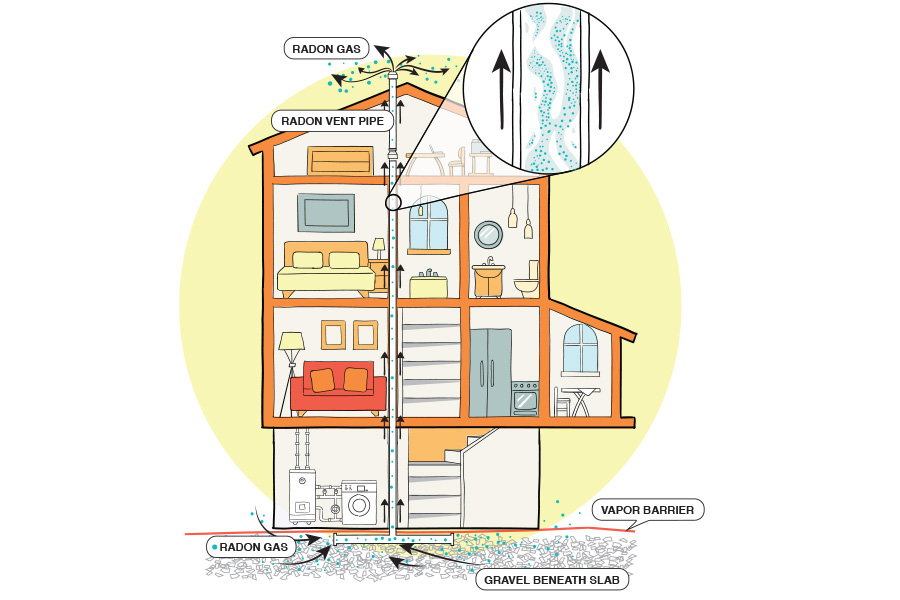Those shrubs were beautiful by the front door, under the picture
window or in front of
the porch. But you forgot how big they’d grow.
Now you can’t get the door open, see out the window or feel a
summer breeze on the
porch. It’s a landscape version of the old proverb, “your sins
will find you out.”
Those shrubs are too big for where you put them. But they’re
beautiful otherwise.
They’re much too healthy and pretty to destroy.
But you don’t have to just live with your landscape mistakes,
said Gary Wade, a
horticulturist with the University of Georgia Extension
Service.
Move them to a more appropriate place, Wade said. And don’t
wait. Do it now.
“February is a good time to move those plants,” he said. “If you
do it right, there’s no
reason they shouldn’t thrive in a new spot in the landscape.
“You’ll still be able to enjoy them,” he said. “And you can put
smaller, more
appropriate plants in the places the big shrubs have
overgrown.”
Never cut back conifers (junipers, pines, spruce, etc.)
severely, Wade said, because
they won’t form new growth.
Most broadleaf shrubs, such as hollies, azaleas and ligustrum,
can be cut back before
you transplant them, Wade said.
“If you have to cut back to old wood, you might as well take the
plant back to the
ground and let it regrow,” he said. Boxwoods, though, are slow
to regrow after severe
pruning.
If you can avoid pruning back large spring-flowering shrubs,
such as azaleas, when you
transplant them they will still flower in the spring. Then you
can reshape them with
pruning after they bloom.
When you dig up a large shrub, he said, save as many roots as
you can.
“The best way to do it is to dig a trench around the plant with
a shovel,” he said. “That
will leave a ball of earth around the root system.
“Carefully cut underneath the ball and place a piece of cloth,
such as burlap, under it,”
he said. “Two people can carry the shrub by lifting the four
corners of the burlap.”
Once you’ve dug it up, transplant the shrub as quickly as you
can, he said. And be sure
to plant it at the same depth from which you just removed it.
“As soon as you plant it, water it in thoroughly,” he said. That
should be all you have
to do.
But don’t forget about the plant. You could still lose it if you
have a period without
rain during the next few weeks.
“Don’t let the root system dry out,” Wade said. “You may need to
water it from time
to time. Keep the roots moist, but not wet, and it should do
fine.”




